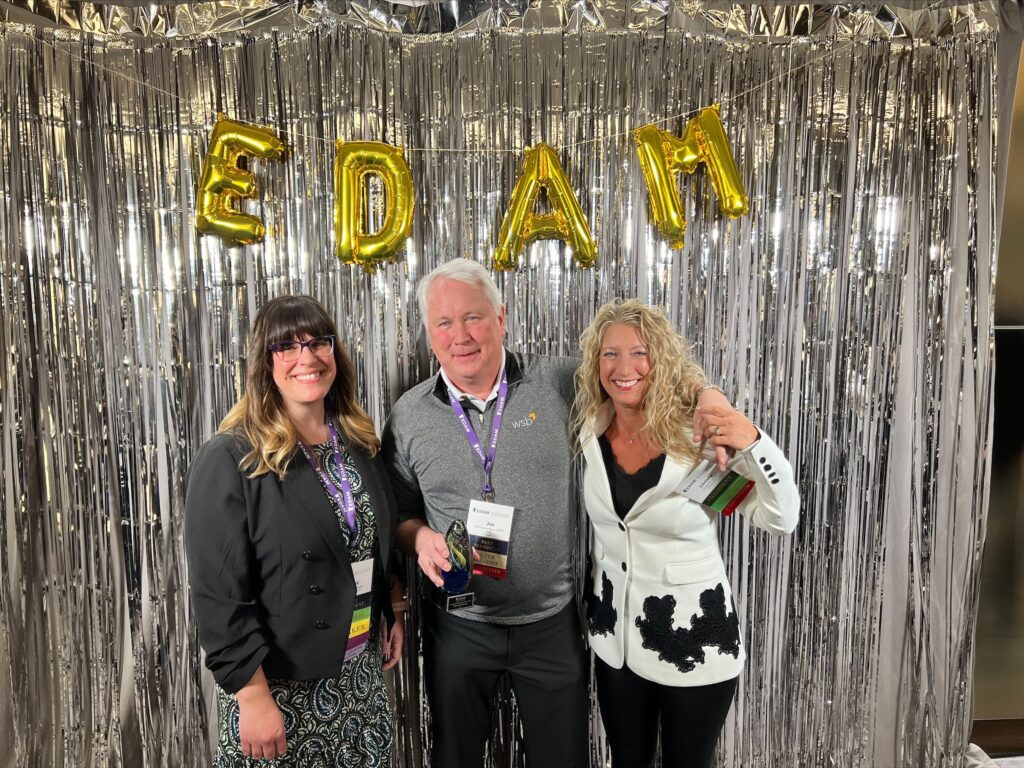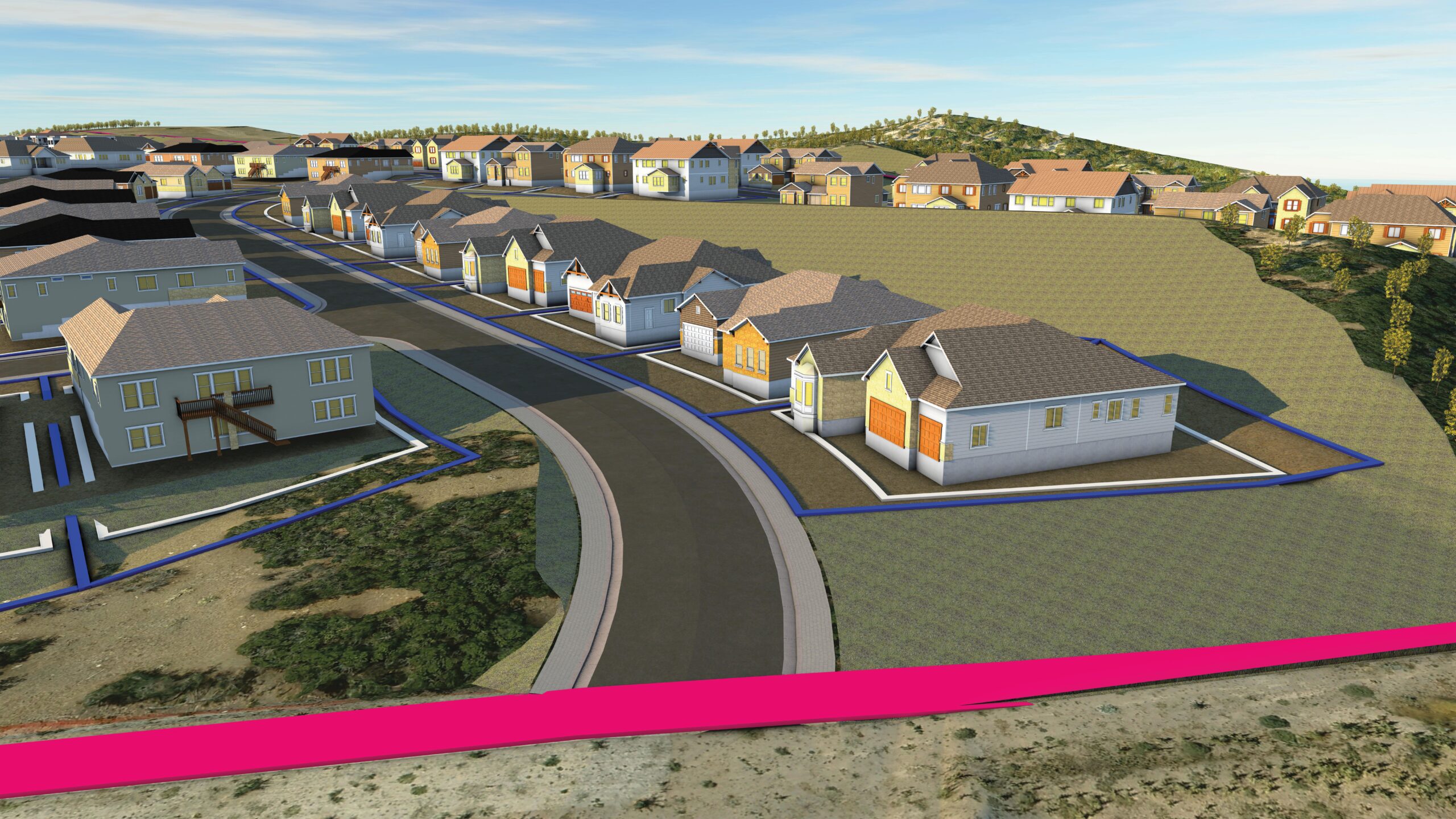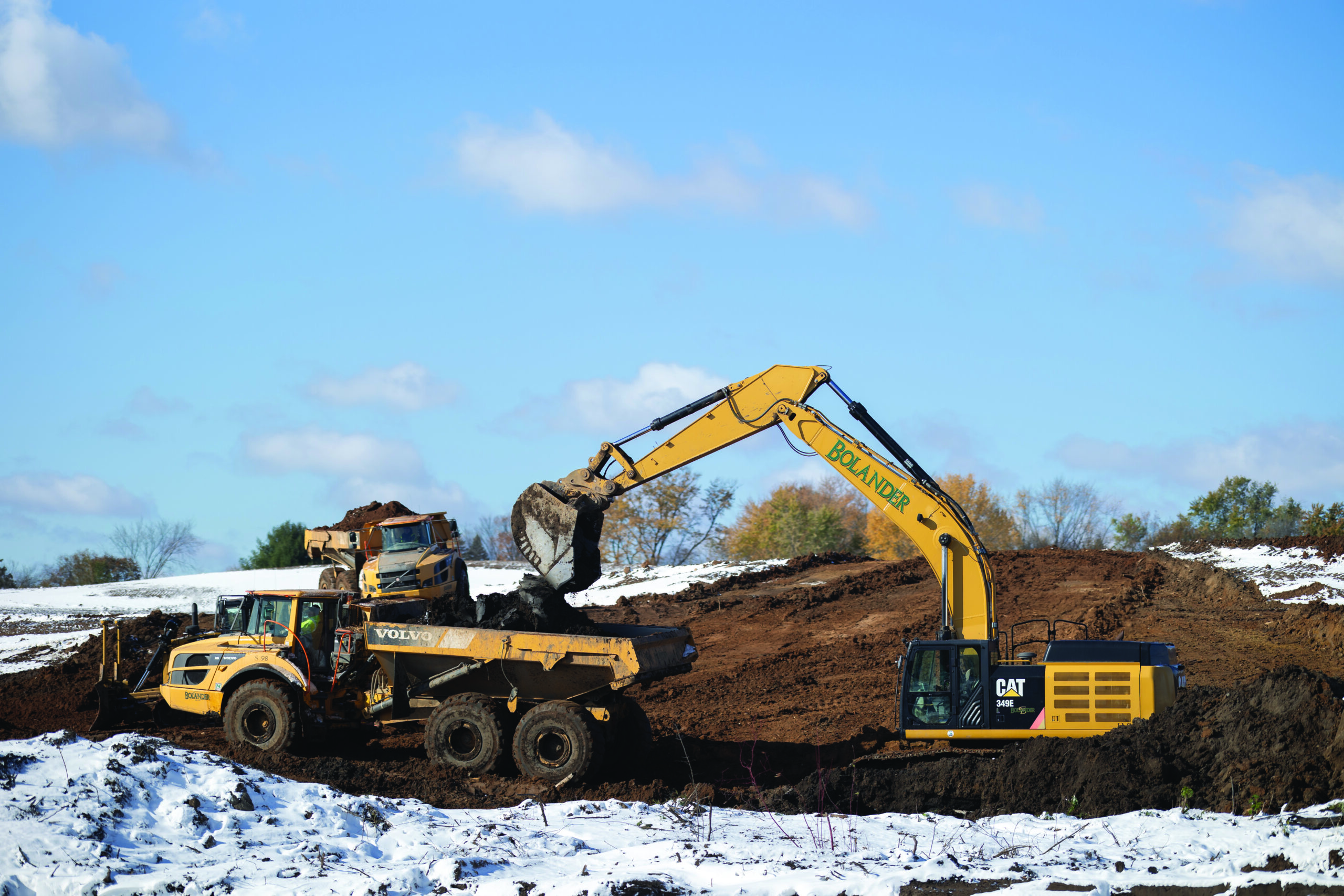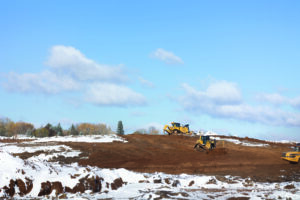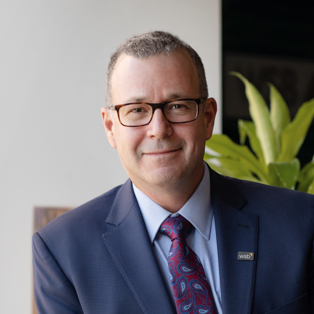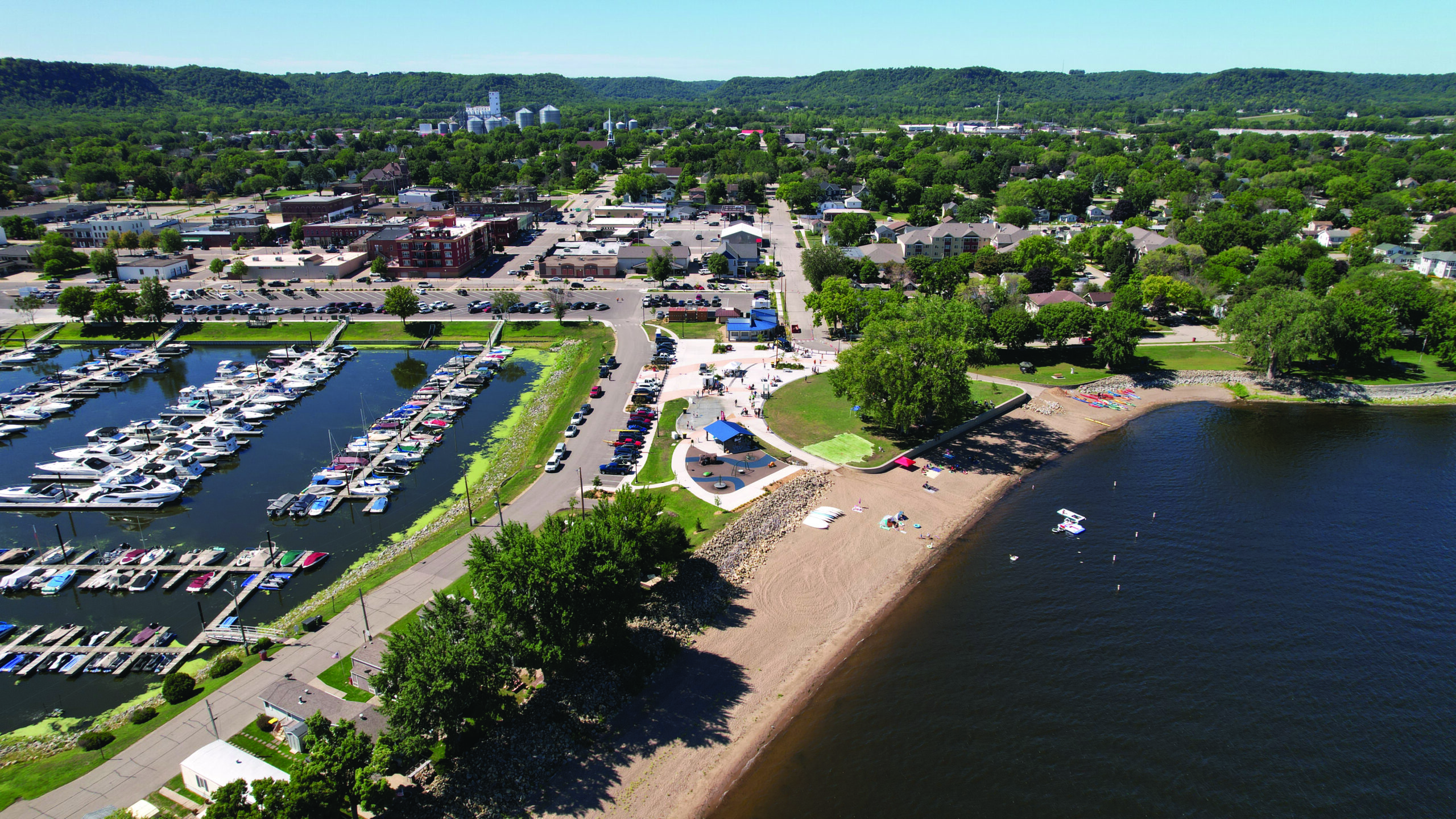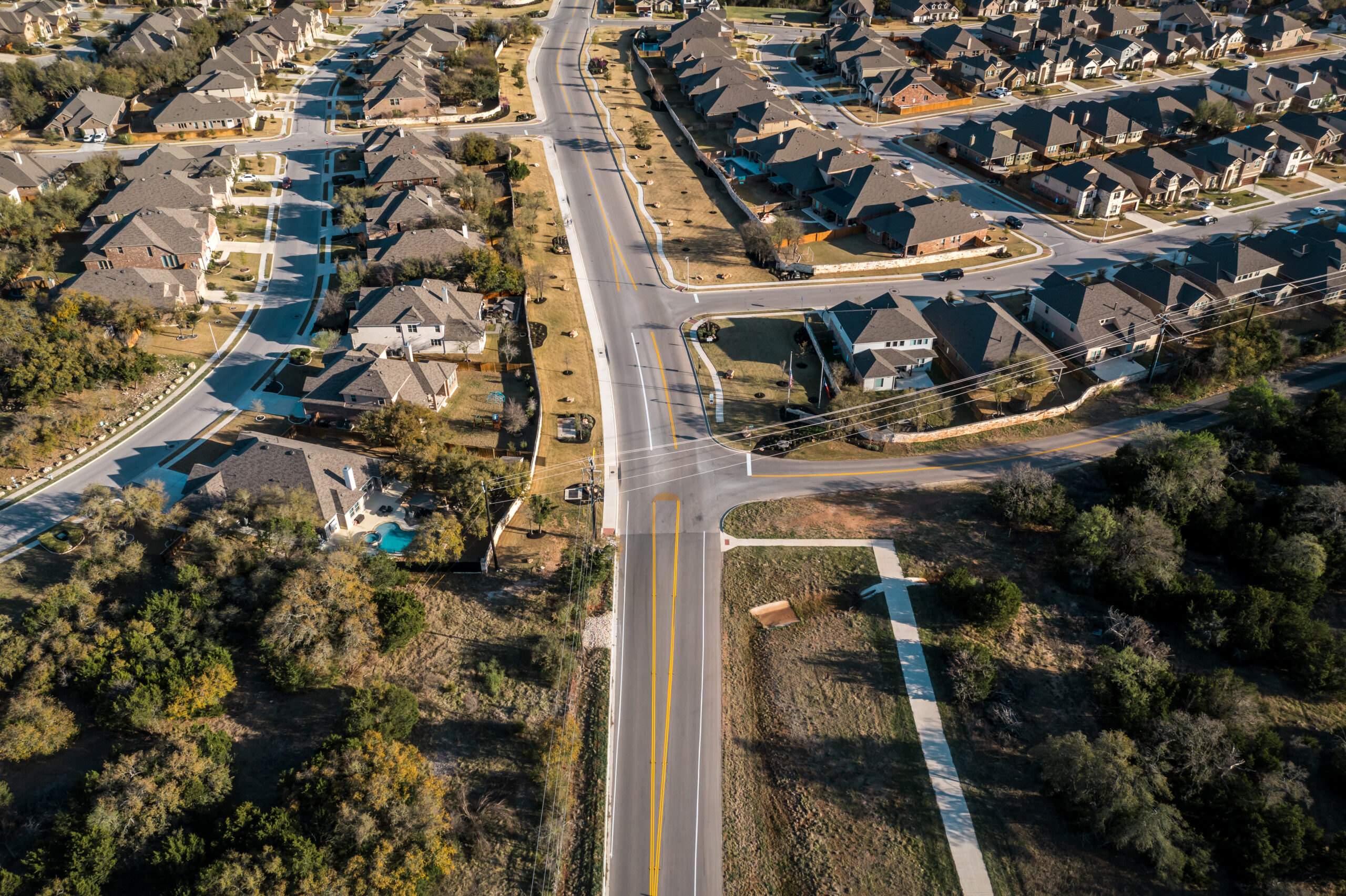
Making Public Infrastructure a Catalyst for Economic Development and Community Prosperity
February 6, 2024
By Jay Kennedy, Vice President, WSB
In the vast landscape of economic development, one key piece often remains hidden in plain sight: infrastructure. It’s not just about building roads and bridges; it’s about constructing the foundation for thriving communities and enticing businesses to bring jobs and investment.
Communities that invest in infrastructure with an eye to the future ensure they are the place that people and businesses want to be. Infrastructure is the lifeline that sustains economic progress. From utilities to public transportation to drinking water facilities, when these essential components are robust, designed with intention to the future and well-maintained, they create a fertile ground for businesses and communities to thrive.
Communicating with Businesses & Planning for the Future
The ‘build it and they will come’ approach, although powerful, isn’t the sole ingredient for sustainable growth. Communities need to actively engage with businesses and create an environment that welcomes investment.
Businesses looking for a community in which to invest can bring millions, sometimes even billions of dollars with them. Effective communication between communities and businesses is critical when it comes to infrastructure development. When local leaders say, “we are open for business,” they need the infrastructure and planning to back it up.
When communities have plans that account for future development, population growth and supporting infrastructure, businesses can see a vision of why they should place their investment in that community.
Relieving Infrastructure Stress & New Opportunities
There are also situations where upgrades and redesign can alleviate pressure on existing infrastructure and open new opportunities. Improving efficiency in public transportation and redirecting traffic from small community roads to major roadways, for example, can benefit both residents and local businesses. What starts off as one project opens the door for developers wanting to be a part of an up-and-coming area.
As infrastructure pressure is relieved and economic growth continues, it is critical to have a dedicated team that can manage an expanding community. It sends the message that the community is dedicated to growth, attracting even more investment.
The Ideal Community: Balancing Residential and Commercial Zones
An ideal community strikes a balance between residential and commercial land uses, as well as public spaces. People prefer to live close to work and amenities. A blend of both residential and commercial spaces not only enhances convenience for residents but also attracts businesses looking for a customer base and workforce in proximity.
Collaborating Across the State and Region
Cities looking at their long-term community plans must ensure they also align with county-level planning and broader regional plans. Cooperation and coordination among various levels of government means that an infrastructure project is not operating in a silo, but instead part of a larger plan to drive people and businesses to the region.
How WSB Can Help
In Texas and beyond, the success of public infrastructure projects and planning is driving economic development. WSB is playing a pivotal role in communities throughout Texas, where expertise in smart infrastructure planning and execution has significantly reduced stress on resources while actively attracting businesses to the area.
WSB’s team can help with everything from community planning to public engagement to designing major infrastructure projects and more. We can help your community find ways to bolster economic growth and build infrastructure that fosters the long-term success of your community and region.
Jay is a Vice President leading Texas operations. He has over 30 years of experience overseeing the management, planning, coordination, design and construction of municipal and civil engineering projects. He works with staff and clients seeking new business opportunities and developing local staff.
[email protected] | 512.518.1819




